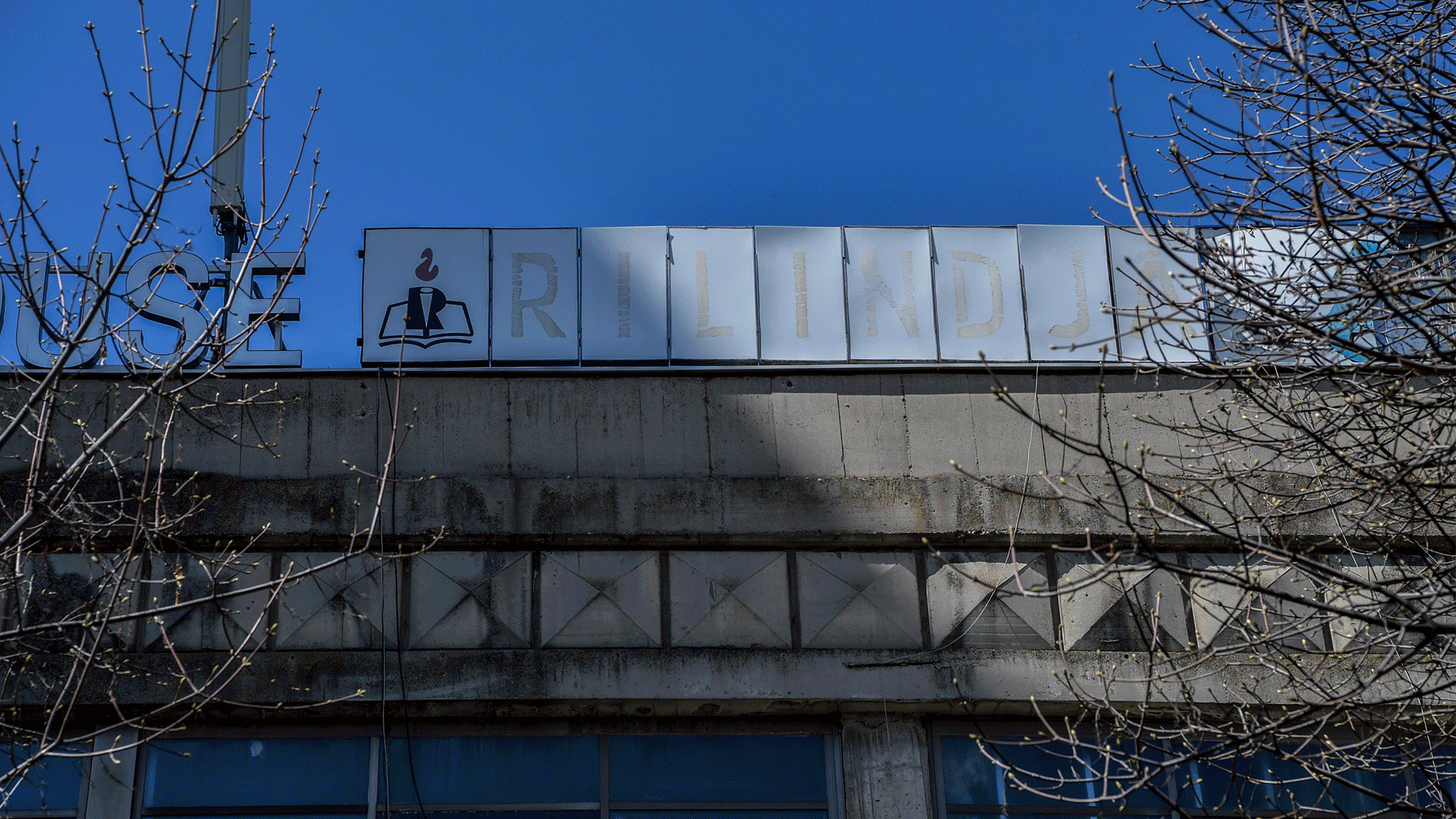Introducing: Rilindja
In Prishtina this summer, everyone is invited to visit Manifesta 14! Rilindja Press Palace is one of the 22 venues that will host artistic interventions throughout our 100-day programme.
Known locally as Rilindja, the building has played host to both a newspaper and a publishing house of the same name. In Albanian, the word Rilindja is that of the renaissance period of Albanian language literature at the end of the nineteenth century; a cultural movement that has had a huge impact on culture in the region.
Towards the end of the twentieth century, the building was one of the tallest buildings in in Prishtina. Rilindja Press Palace was part of the wave of brutalist style architecture in Kosovo.
Started in 1945, the newspaper Rilindja was the first Albanian language newspaper to be distributed in Kosovo. The building Rilindja Press Palace was built in 1971, and became the home of the newspaper along with other periodicals and journals, such as: Jeta e Re, Përparimi, Fjala, Pionieri, GEP-i, Shkëndija, Kosovarja, Thumbi dhe Bujku. It was the second biggest printing house in the whole of the Balkans, reaching a maximum circulation of 234,000.

The newspaper Rilindja had been running for 20 years when the publishing house of the same name was established, marking an important era of cultural development, journalistic reporting and publishing in Kosovo. The space brought together the voice of writers, cultural actors, editors and intellectuals, creating its own movement of modernism in the 1970s. Authors such as Teki Dervishi, Ramiz Kelmendi, Esad Mekuli, Anton Pashku, Fahredin Gunga published their first works and established themselves as writers while working at Rilindja Press Palace.
Rilindja Press Palace was not only a space for editorial experimentation. It also encouraged young women to become educated through training and courses on the practical skills of printing. Its programmes helped cultural practitioners to develop their skills and work with the best machinery of the region.
On August 8, 1990, Rilindja, was shut down by the Serbian authorities and its workers were dismissed from their jobs. Privately financed Albanian language newspapers and journals continued to exist in Kosovo throughout the 90s, while periodical Bujku replaced Rilindja as the main newspaper in the country. After the decline of Yugoslavia, the printing press was largely closed down.
The building was used on and off for twenty years. In the years after the Kosovo war, Rilindja was privatised and all the machinery and printing materials were sold and moved from the building.
This action backfired, with a huge backlash of cultural groups and institutions denouncing the privatisation and highlighting the cultural importance of the building.
After a few decades, Rilindja, turned out to be an exciting venue for the vibrant electronic music nightlife of Prishtina, marked through the Hapësira collective events. Today, Rilindja Press Palace hosts four ministries, a night club, two tv stations and a gym.
As one of the Manifesta 14 Prishtina venues, Rilindja will be home to artistic interventions and cultural discourses.